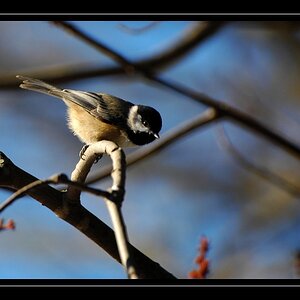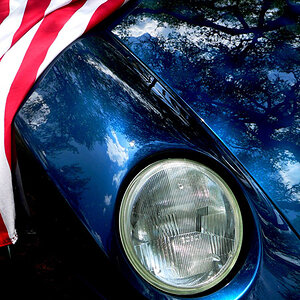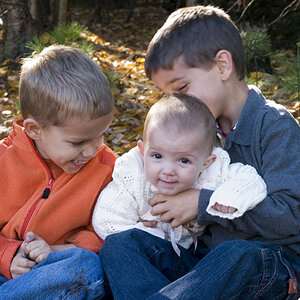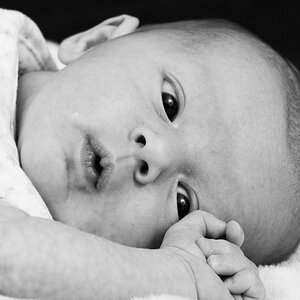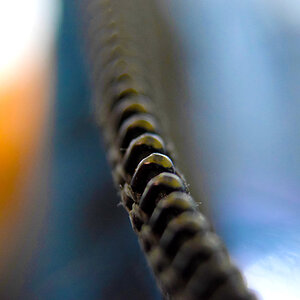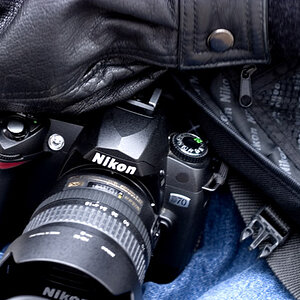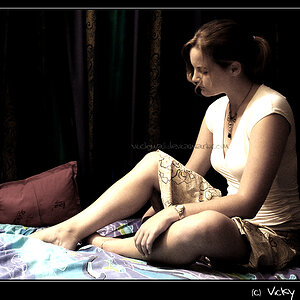D-B-J
Been spending a lot of time on here!
- Joined
- Apr 13, 2010
- Messages
- 9,027
- Reaction score
- 2,175
- Can others edit my Photos
- Photos OK to edit
My lightning recipe:
Tripod
Wide angle
Buildings or other elements to juxtapose the lightning with/against
Long shutter (usually 30 seconds, depending on how dark it is out)
Tight aperture
Focus set to infinity and locked down
Lots of frames - most will be throwaways - once in a while, you get a 'keeper':

Where do you place your camera? I know all the settings i would need, and have the ability to do that, i just dont know where to put my camera. Inside? Through a pane-window? In a door frame? Under a small overhang?
Gorgeous shot btw!
Regards,
Jake







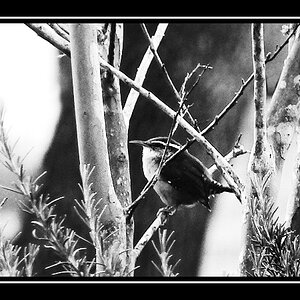
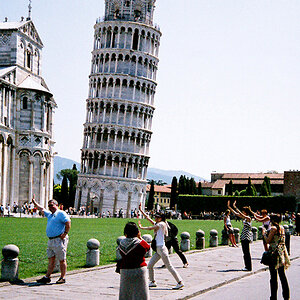
![[No title]](/data/xfmg/thumbnail/42/42273-78c0ae886bd5e6d47580353f398c92b9.jpg?1619740082)
